Amazon’s made-up holiday is a brazen sales ploy, but perhaps more retailers should make more of their delivery prowess.
You have to applaud Amazon. Not content with bringing Black Friday – a shopping event intrinsically linked with Thanksgiving – to Britain, now it’s managed to make up its own holiday built around shopping.
The retailer launched Prime Day last year to celebrate its 20th birthday. This year it was back, bigger and better than before in an audacious attempt to cajole more money from its most loyal customers.
“I baulked at the idea of this faux holiday until I found myself ordering a pressure washer and a Kindle in a discount-induced frenzy on Tuesday evening”
Gemma Goldfingle
On Tuesday, subscribers to its Prime Unlimited next-day delivery service were exclusively offered 24 hours of deals galore.
I must admit, I baulked at the idea of this faux holiday until I found myself ordering a pressure washer and a Kindle in a discount-induced frenzy on Tuesday evening. I wasn’t the only one. Amazon revealed orders globally were up a whopping 60% on last year’s event and Prime Day was the etailer’s biggest day ever.
Other retailers attempted to thwart Amazon’s day of glory. Electricals powerhouse Dixons Carphone discounted thousands of products during a 10-day Sale, while Argos smartly promoted its own exemplary fulfilment. The retailer offered free same-day delivery on Prime Day to stop its customers ditching it for its etail enemy.
The power of Prime
The power of Amazon’s speedy delivery subscription cannot be understated. The etailer has not revealed how many users have coughed up £79, or $99 in the US, for a year’s subscription, but analysts Bernstein estimate it could be up to 69 million.
“Research group Consumer Intelligence Research Partners estimate that Prime members in the US spend $1,200 a year compared with $500 by non-Prime customers”
Gemma Goldfingle
Amazon does not just benefit from the membership fee – Prime customers also spend more. Research group Consumer Intelligence Research Partners estimate that Prime members in the US spend $1,200 a year compared with $500 by non-Prime customers.
This begs the question: Should more retailers follow Amazon’s lead and launch their own delivery subscription?
Of course, this is not appropriate for all retailers. For a start, few have a delivery proposition that comes close to Amazon’s. Many will simply not be able to deliver reliable, next-day fulfilment.
Customers will also only subscribe to delivery services they use often. If they buy a new TV once every few years or a handful of dresses a year, chances are they’re not going to fork out a lump sum for speedy delivery. However, for multi-brand and multi-category retailers such as John Lewis or Argos, there could be a compelling business case. Asos, for example, has had much success with its Premier service.
As the old adage goes, if you can’t beat ’em, join ’em. So, rather than lament Amazon’s brazen ploy to seduce customers to shop, perhaps more retailers that have invested in market-leading fulfilment services should be doing likewise.




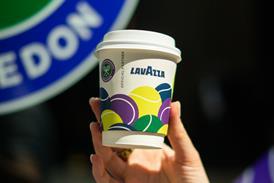




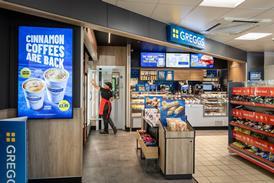
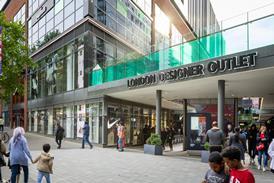













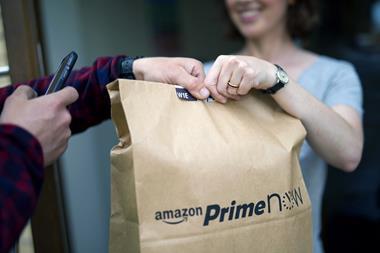


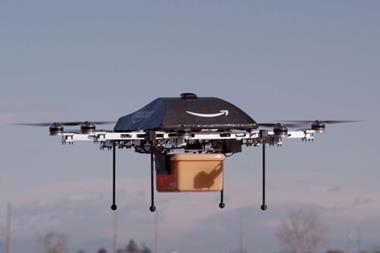
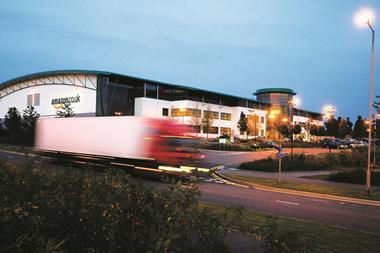

No comments yet